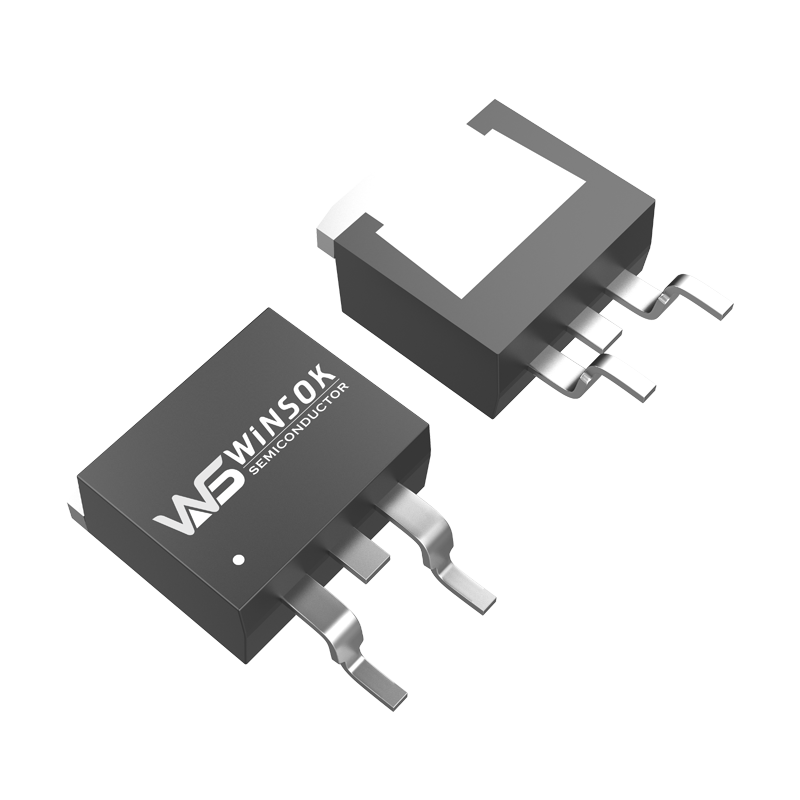MOSFET, short for Metal Oxide Semiconductor Field Effect Transistor, is a three-terminal semiconductor device that uses the electric field effect to control the flow of current. Below is a basic overview of MOSFET:
1. Definition and Classification
- Definition: MOSFET is a semiconductor device that controls the conductive channel between the drain and source by changing the gate voltage. The gate is insulated from the source and drain by a layer of insulating material (typically silicon dioxide), which is why it is also known as an insulated gate field-effect transistor.
- Classification: MOSFETs are classified based on the type of conductive channel and the effect of gate voltage:
- N-channel and P-channel MOSFETs: Depending on the type of conductive channel.
- Enhancement-mode and Depletion-mode MOSFETs: Based on the gate voltage's influence on the conductive channel. Therefore, MOSFETs are categorized into four types: N-channel enhancement-mode, N-channel depletion-mode, P-channel enhancement-mode, and P-channel depletion-mode.
2. Structure and Working Principle
- Structure: A MOSFET consists of three basic components: the gate (G), drain (D), and source (S). On a lightly doped semiconductor substrate, highly doped source and drain regions are created through semiconductor processing techniques. These regions are separated by an insulating layer, which is topped by the gate electrode.
- Working Principle: Taking the N-channel enhancement-mode MOSFET as an example, when the gate voltage is zero, there is no conductive channel between the drain and source, so no current can flow. When the gate voltage increases to a certain threshold (referred to as the "turn-on voltage" or "threshold voltage"), the insulating layer under the gate attracts electrons from the substrate to form an inversion layer (N-type thin layer), creating a conductive channel. This allows current to flow between the drain and source. The width of this conductive channel, and hence the drain current, is determined by the magnitude of the gate voltage.
3. Key Characteristics
- High Input Impedance: Since the gate is insulated from the source and drain by the insulating layer, the input impedance of a MOSFET is extremely high, making it suitable for high-impedance circuits.
- Low Noise: MOSFETs generate relatively low noise during operation, making them ideal for circuits with stringent noise requirements.
- Good Thermal Stability: MOSFETs have excellent thermal stability and can operate effectively across a wide range of temperatures.
- Low Power Consumption: MOSFETs consume very little power in both the on and off states, making them suitable for low-power circuits.
- High Switching Speed: Being voltage-controlled devices, MOSFETs offer fast switching speeds, making them ideal for high-frequency circuits.
4. Application Areas
MOSFETs are widely used in various electronic circuits, particularly in integrated circuits, power electronics, communication devices, and computers. They serve as basic components in amplification circuits, switching circuits, voltage regulation circuits, and more, enabling functions such as signal amplification, switching control, and voltage stabilization.
In summary, MOSFET is an essential semiconductor device with a unique structure and excellent performance characteristics. It plays a crucial role in electronic circuits across many fields.

























